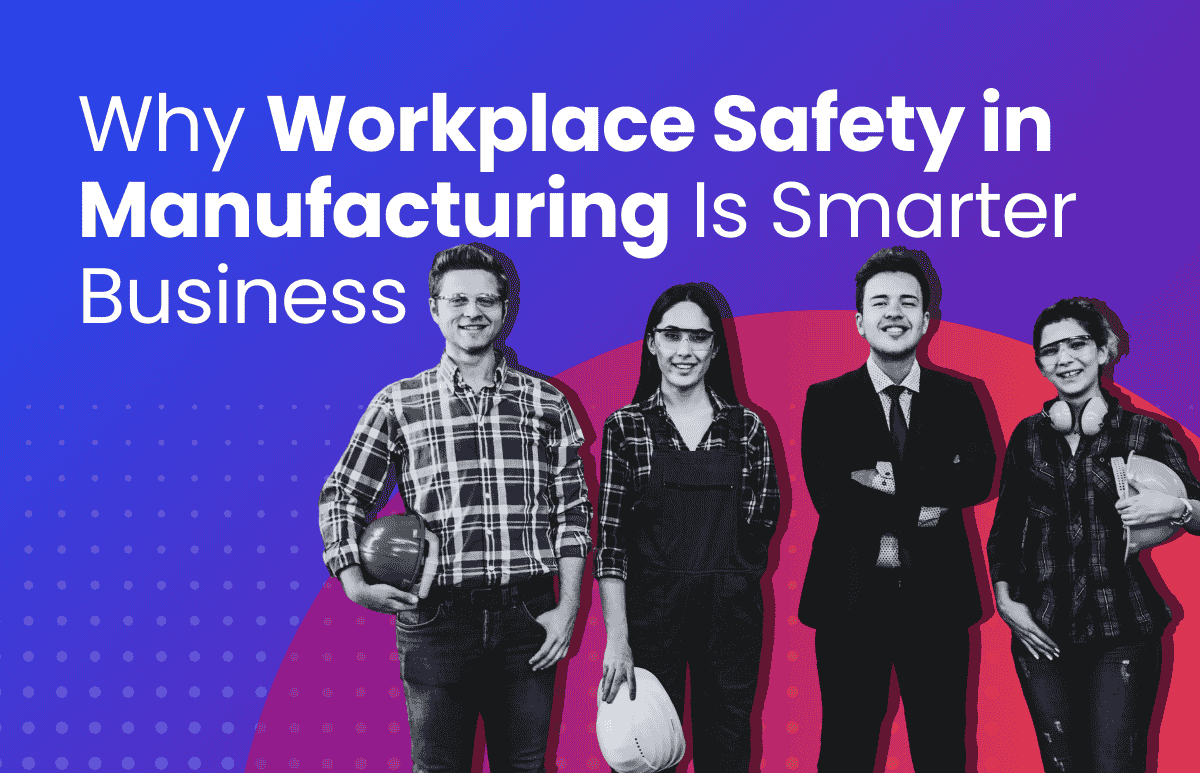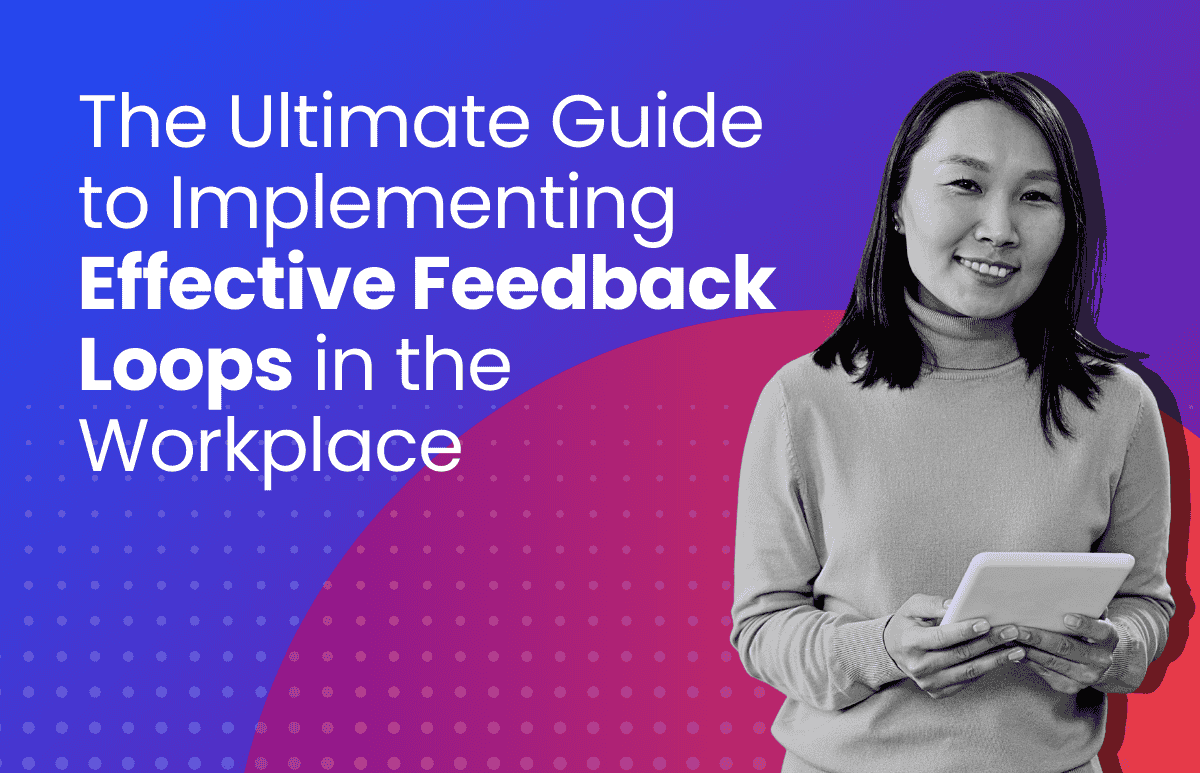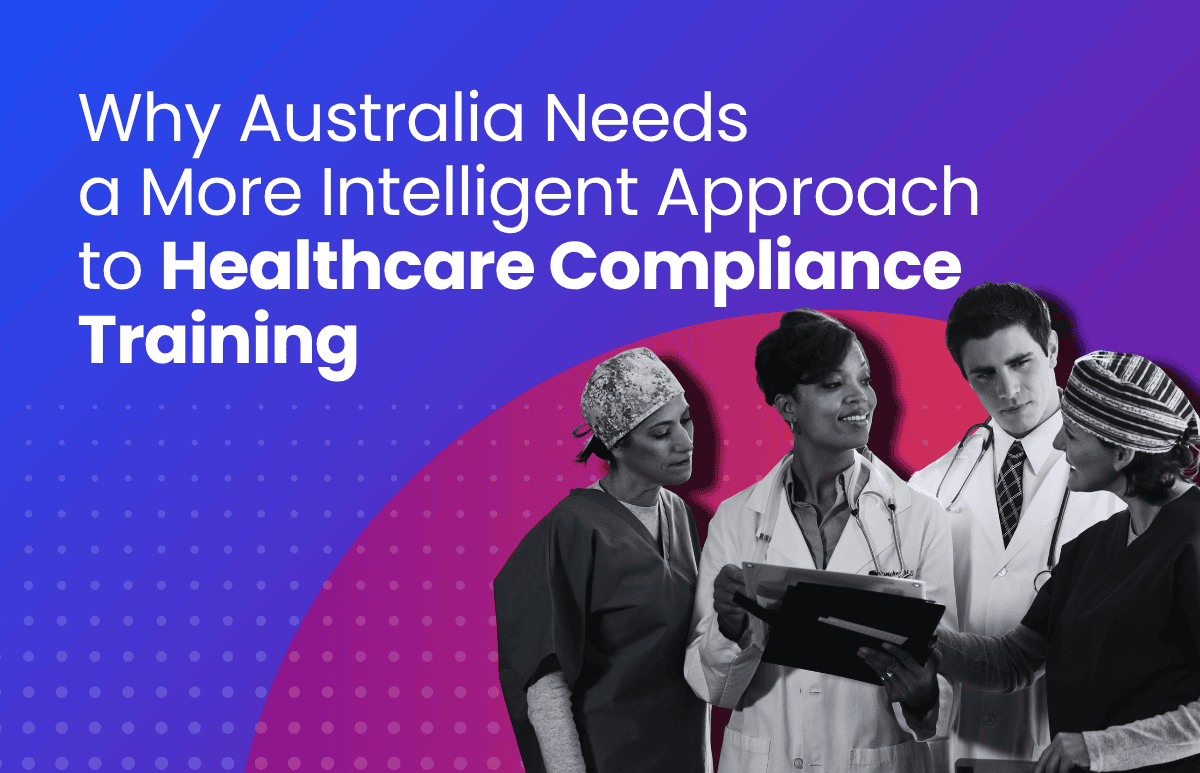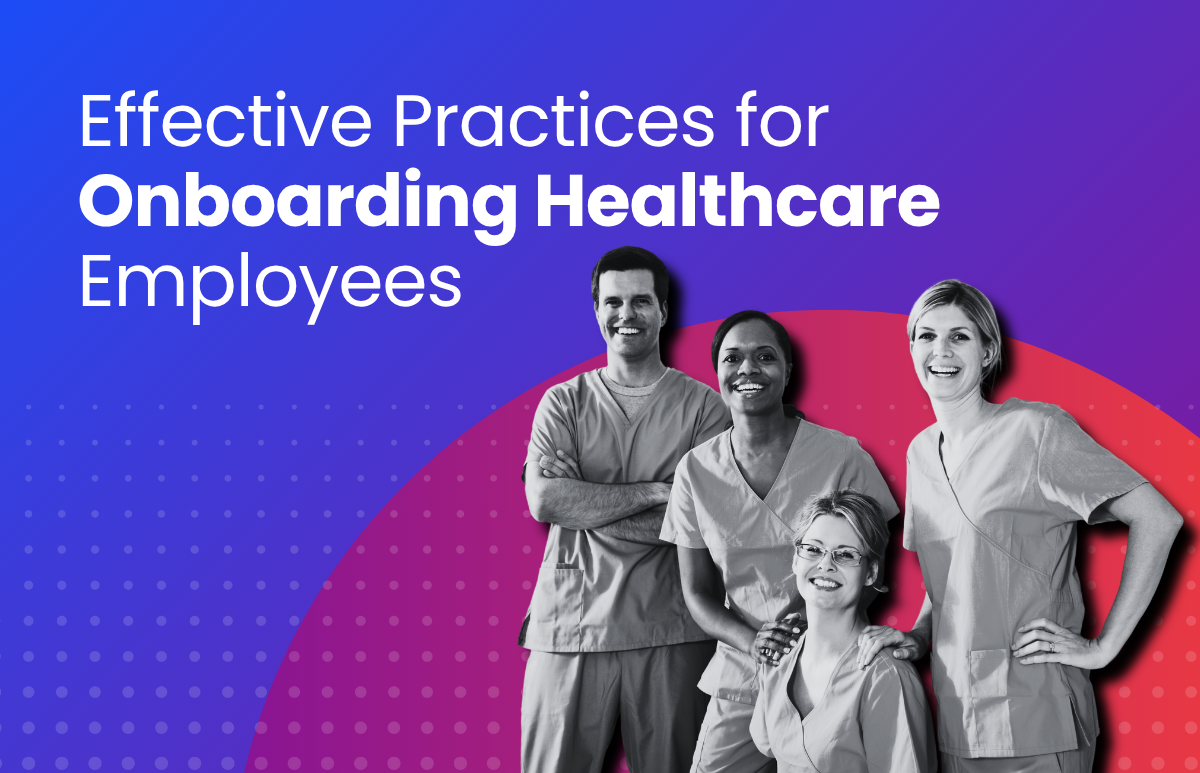Why Workplace Safety in Manufacturing Is Smarter Business
There’s no escaping the subject of risk when it comes to manufacturing. It doesn't matter whether it’s steel, beverages, or electronics. If you’re in the manufacturing game, risk mitigation needs to be tackled head on.

In manufacturing workplaces, you’ve got moving parts, heavy machinery, long shifts and tight deadlines. It’s a complex and dynamic environment where one small oversight can have serious consequences.
But here’s the thing. Safety isn’t just about avoiding accidents. It’s also about creating a culture that protects people, reduces risk and helps assure business performance and compliance. This means that for HR leaders, EHS professionals and compliance officers, safety in manufacturing needs to be a central pillar in your strategy.
What’s the human cost of unsafe workplaces?
Yes, monitoring safety affects how you manage people and protect business health. But let’s be honest. Unsafe workplaces go far beyond the scope of HR and business risk. They have real consequences for real people and their loved ones.
In Australia, the human impact is stark. In 2023 alone, a study by Safe Work Australia found that 200 workers tragically lost their lives on the job. That’s a devastating figure that serves as a chilling reminder that safety still falls short in too many workplaces.
“While Australia compares favourably to the rest of the world, the fact that 200 people did not come home from work in 2023 reminds us that we cannot afford to be complacent,”
Marie Boland, CEO of Safe Work Australia.
In addition to physical injuries and fatalities, the study also found that mental wellbeing is a growing concern. In 2023, claims for mental health conditions accounted for 10.5% of all serious claims.
We also found in our own Employment Sentiment Index that 28% of workers in manufacturing reported feeling ‘burnt out’ in the second quarter of 2025, and 33% arrived at work while feeling unwell.
This sobering human cost shouldn’t be overlooked. While never entirely avoidable, it should be front of mind when shaping HR and business practices in manufacturing.
What about the business and economic cost?
On the productivity front, Safe Work Australia’s 2024 study estimates that Australia’s economy would gain $28.6 billion annually if injuries and illnesses were eliminated. Such elimination would also support 185,500 more full-time jobs, and help boost wages by 1.3% across all occupations.
A separate Monash University study found that work-related injury, disease, and mental health conditions cost us 41,000 lost work-years per annum, equivalent to tens of thousands of lost jobs.
That’s not just an economic opportunity, it’s a missed chance to build safer and more prosperous workplaces for your people.
The safety strain on manufacturing teams
Manufacturing HR teams are walking a tightrope.
On one hand, there’s a soaring demand for workers. In fact, according to ELMO’s HR Industry Benchmark Report, 89% of manufacturing and utilities employers expect headcount to grow that year.
On the other hand, there’s a skilled labour shortage, wage pressure and a deskless workforce that’s hard to engage. Onboarding safely at scale is becoming increasingly complex.
New starters often arrive casually employed, with varied experience and minimal time for training. Yet they’re stepping into high-risk environments from day one.
The problem is that it takes an average of 41 days for new hires in manufacturing to become fully productive, which is 6 days longer than average. When every shift counts, that lag isn’t just costly. It can become dangerous.
This is where structured onboarding, targeted training and accurate record keeping come into play.
When onboarding falls over, risk rises
Without structured systems like ELMO Onboarding, safety risks begin to stack up. Common issues include:
- Rushed or incomplete site inductions
- Licence and certification checks falling through the cracks
- PPE protocols being ignored or misunderstood
- Near-misses not being reported
- Mandatory training not completed or recorded
These gaps may seem small, but together they create serious exposure. For HR and WHS leaders, this presents not just operational risk, but compliance and reputational risk as well.
Effective onboarding in manufacturing is more than an HR formality. It’s frontline safety control. Employers who take it seriously are investing in structured workflows, clear communication and early engagement with safety protocols.
Training that keeps safety on track
Training in manufacturing must be targeted, accessible and easy to maintain. With many organisations relying on casual, seasonal or shift-based workers, it’s easy for critical training to be missed or delayed.
When records are stored across spreadsheets or emails, keeping track becomes a daily challenge.
High-performing HR teams are taking a more structured approach. They’re:
- Automating compliance training reminders
- Assigning learning by role, site or certification need
- Tracking completions in a central location
- Delivering mobile-friendly training for deskless teams
- Using dashboards to monitor completion rates and training gaps
This consistency is what turns safety from a task into a culture.
Confident safety compliance
Manufacturers know the pressure that comes with audits and investigations. Whether it’s a scheduled check or a reactive incident response, having fast access to accurate records is essential.
Without a central source of truth, safety and training records are hard to manage and even harder to produce confidently under pressure.
To stay on the front foot, HR teams need to:
- Track licences and renewal deadlines
- Capture acknowledgements for safety briefings and policies
- Monitor compliance across all employment types
- Generate clean, audit-ready reports quickly and easily
Compliance shouldn’t rely on last-minute preparation. With the right systems in place, it becomes part of everyday operations.
What best-in-class safety looks like
For HR teams, safety isn’t just about PPE and warning signs. It’s about embedding safety thinking into every step of the employee experience.
Leading manufacturers are taking a proactive, connected approach to safety by:
- Automating training reminders so no one slips through the cracks
- Tracking and recording certifications in a central system
- Giving workers mobile access to rosters, safety alerts and clock-in tools
- Using real-time reporting to surface near-miss patterns early
- Onboarding new hires with safety workflows from the very beginning
- Complete visibility and centralisation of all roles and employee information
Let’s redefine how HR approaches safety
Workplace safety in manufacturing isn’t just about avoiding the next incident report. It’s about getting behind your workforce, protecting your operations and creating a culture where everyone goes home safe and comes back engaged.
With the right systems in place, like an integrated ELMO HR suite, safety isn’t a burden. It’s a competitive advantage.
Why ELMO?
At ELMO, we work with manufacturers across Australia and New Zealand who are rethinking what safety means in their businesses. Here’s how we help manufacturers stay ahead:
- Made to fit, ready to grow. A modular platform without unnecessary complexity
- Built for compliance and data security. ISO certified with local data hosting
- Expert guidance at every step. You’re not alone. Our team walks with you from setup to optimisation
- Streamlined for efficiency. Spend less time on admin and more time on impact
 HR Core
HR Core 









